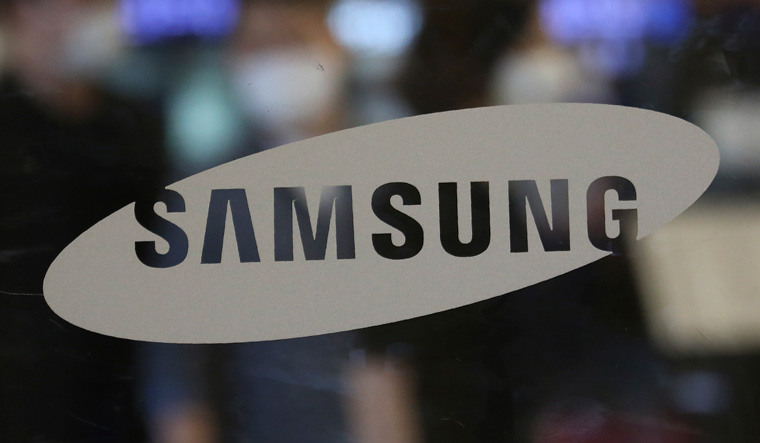Blame it on the Galwan effect? South Korea’s Samsung has beaten Chinese brands to re-capture the No. 1 spot in the intensely competitive Indian smartphone market. Sales of mobile handsets itself grew a healthy 9 per cent in the July-September quarter, putting to rest all worries over the impact of the lockdown and economic uncertainty on the sector.
More than five crore smartphones were sold during the period, according to Counterpoint Research, the world’s leading consultancy in the telecom space. This is the highest-ever figures in a quarter for the Indian smartphone market. The push from the brands coupled with the pent-up demand due to the lockdown and strong sales on online platforms led to this growth.
Samsung became the market leader in the Indian smartphone market beating Chinese brand Xiaomi which had ruled the roost for about two years now. Samsung garnered 24 per cent of the smartphone market, edging out Xiaomi which had 23 per cent share. The Chinese brand still led sales in the online space, though.
“The Indian smartphone market is on a recovery path as the lockdown restrictions have been relaxed,” explained Prachir Singh, senior research analayst with Counterpoint. “The market saw strong demand during the Independence Day period in August as major online platforms hosted massive sales. September has always been a high sell-in month as brands prepare for the upcoming festive season and push stock in the channels. Almost all the brands recorded growth compared to the last year.
All the worries over economic uncertainty and job and salary cuts seem to have a silver lining, at least as far as phone makers are concerned. “Due to the pandemic, Indian consumers have ended up saving on leisure activities. These savings are now being funnelled into smartphone purchases,” explains Singh. “Additionally, smartphones have become an integral part of consumers’ lifestyle in this changing environment.”
In the premium smartphone segment (above Rs 30,000) also there is a leadership change. Apple toppled OnePlus to become the new leader, with products like iPhone SE 2020 as well as last year’s iPhone 11. In the feature phone segment, the market leader was Itel, followed by Samsung and Lava.
Research Analyst Shilpi Jain said, “During the start of the quarter, we witnessed some anti-China consumer sentiments impacting sales of brands originating from China. However, these sentiments have subsided as consumers are weighing in different parameters during the purchase as well. The brands have been quite aggressive as they started building up inventory much ahead of the festive season. Focus on online channels has been increasing due to the COVID-19 situation. Even the offline-centric brands like vivo, OPPO and Itel are increasing their online presence due to the changing consumer behaviour.”
While Xiaomi has been dislodged from the numero uno slot, it does not mean Chinese brands are all down and out following the Ladakh clashes. While sales of Xiaomi did slip, it was more due to supply chain constraints. Other Chinese brands like Vivo (4 per cent growth), Oppo (30 per cent growth) and realme (4 per cent growth) did well for themselves.





